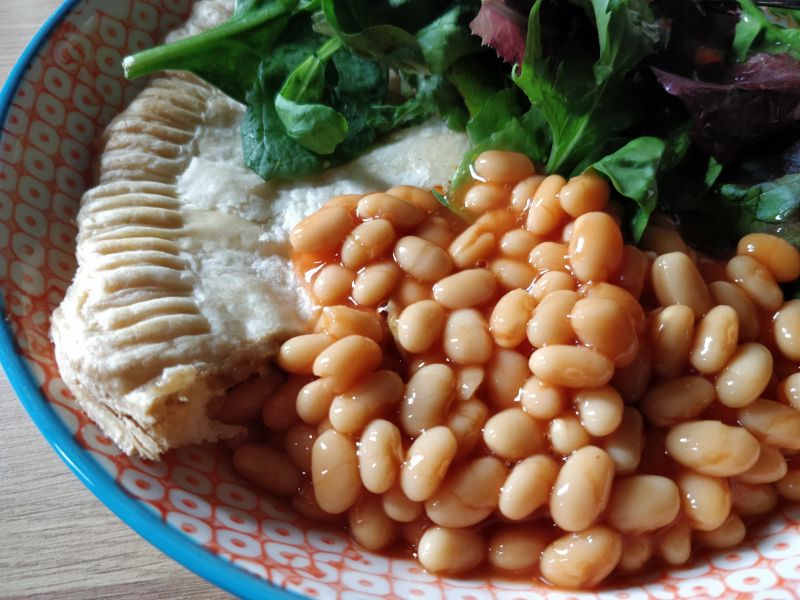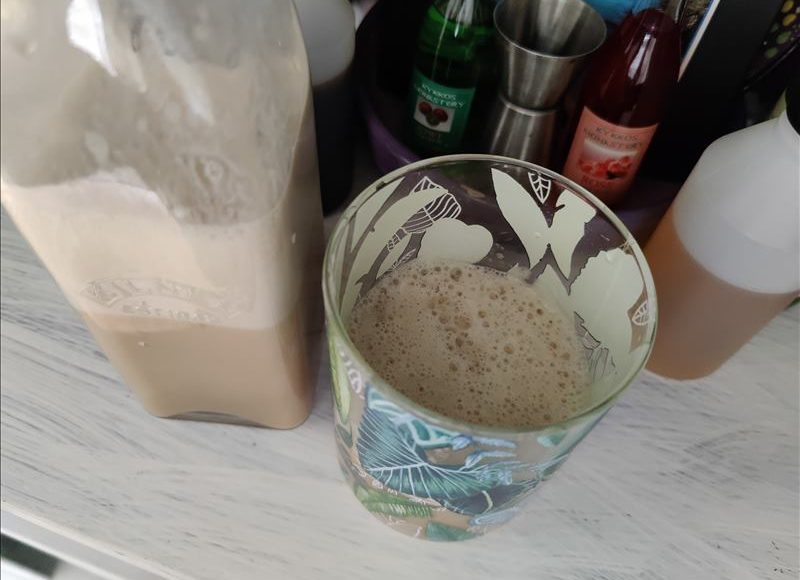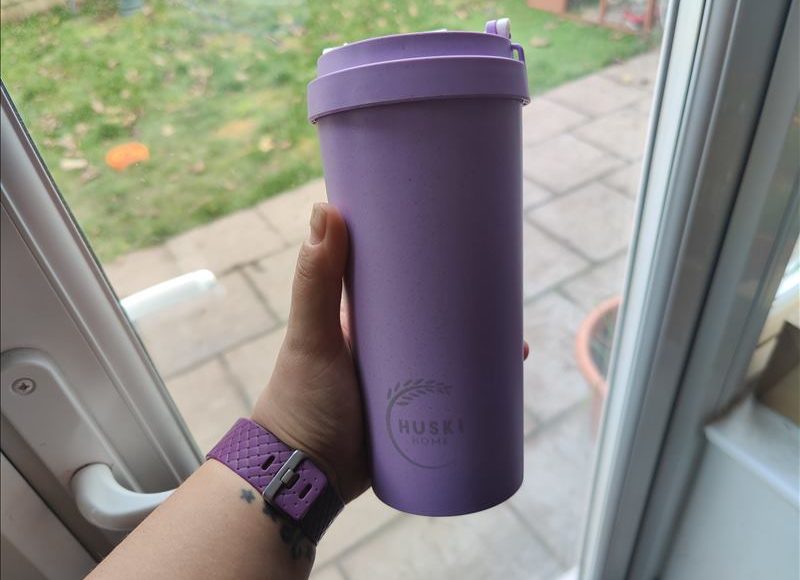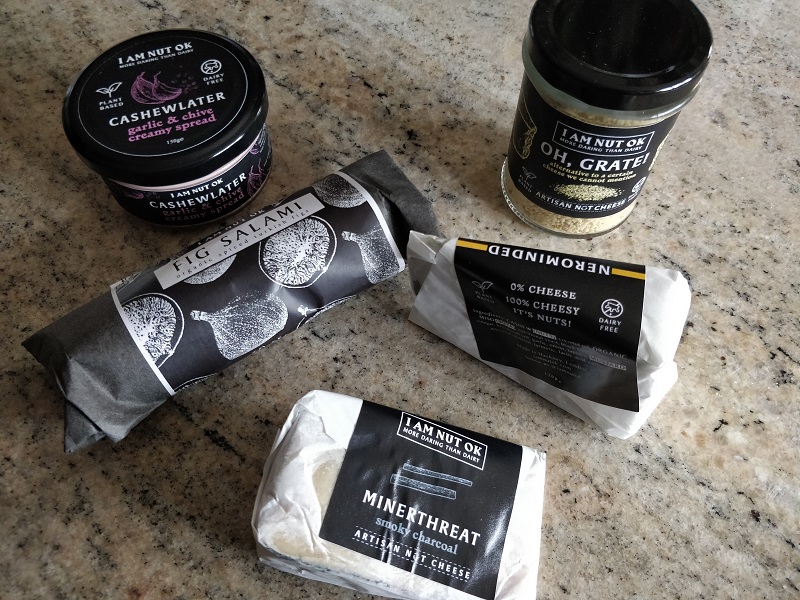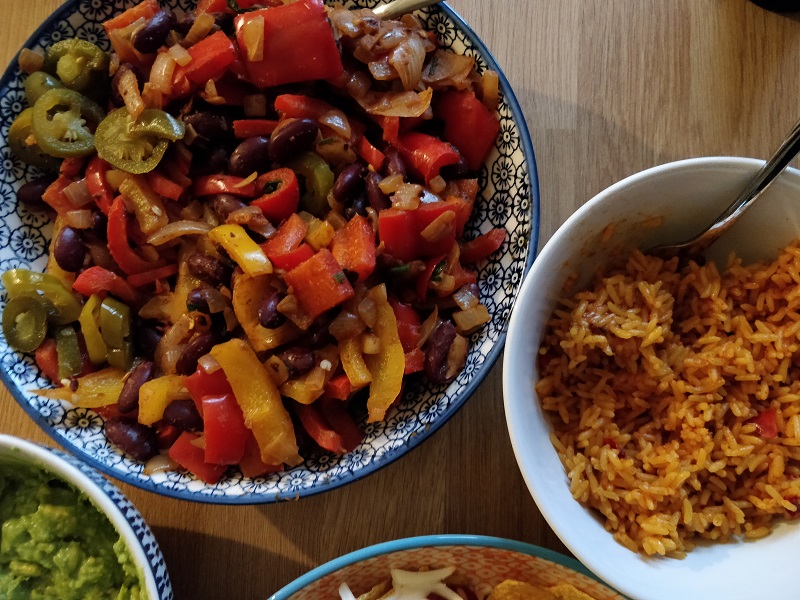How to get started with Spanish Cooking
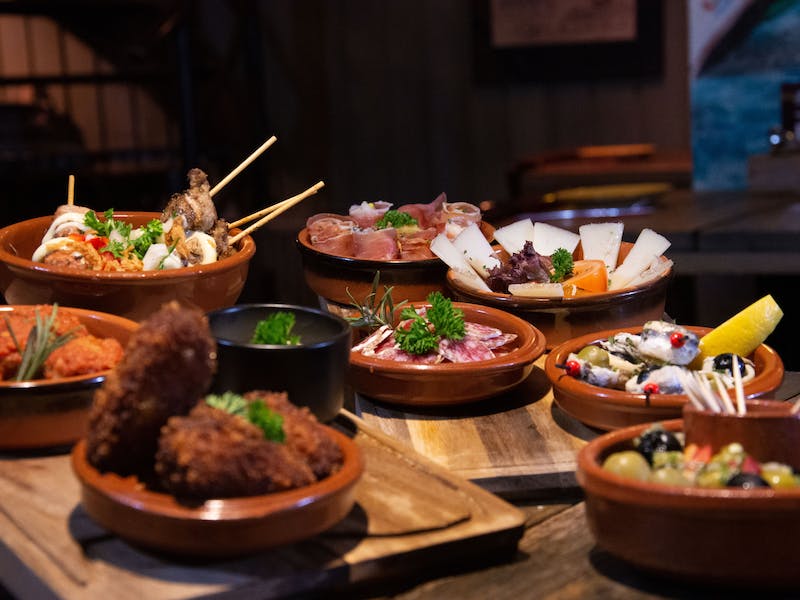
Spanish cuisine consists of more than just Paella and Tapas! It features considerable regional diversity, with important differences between the traditions of each part of Spain. Spain is one of the leading exponents of the Mediterranean diet, which is based on olive oil, fresh vegetables, and other fresh seasonal foods.
The country produces excellent fruit and vegetables for example, bananas, citrus fruits, strawberries, grapes, apples, pears, tomatoes, onions, garlic, and so on. Every place you go will have its local dishes! This healthy, flavourful tradition has earned Spanish cuisine UNESCO Intangible Cultural Heritage status.
Components of Spanish Cuisine
Seafood and especially shellfish, meat, a wide range of cheeses, full-flavoured seasonings like paprika and saffron, and carefully selected wines round out the list of ingredients that are the essence of Spain’s cuisine.
Olive Oil is a huge part of Spanish culture and cuisine, with a long 3000 year history. The Spanish use it in absolutely everything, from morning till night. Olive oil is always a key ingredient in Spanish food, whether drizzled over fresh bread, used in salad dressings or for cooking.
Uncooked dried Spanish ham is an exquisite Spanish delicacy. It is the national treasure and heritage of the country. “Jamón” is the basis of the Iberian cuisine. Fish is the main component of the Mediterranean diet and one of the most popular dishes among the Spanish people. Many different species reside in the Spanish waters and one of the most popular is tuna. This fish is especially good when cooked immediately after being caught. In Spain tuna is cooked in many different ways; smoked, fried or tinned.
The most famous Spanish dish is of course paella, a rice dish. There are many recipes for paella. Spaniards say there are more than three hundred. The classic paella, as well as rice, includes around 6-7 types of fish and seafood, chicken, white wine, herbs and spices. In some regions of Spain they also use beans in their paella.
Spain brings both tradition and innovation to its cuisine, and its climate and terrain have made it Europe’s market garden. Typical Iberian Peninsula cooking methods include stewing in wine, cooking with pecorino cheese or grilling or roasting.
Where to buy Spanish ingredients
If you’re looking for a Spanish supermarket online with free delivery to the UK then Gastronomic Spain is the only online shop that does this for orders over 89,99€. They have have more than 1.500 Spanish products including a wide range of hams, chorizos, sobrasada, dishes and many Spanish specialities. They also do the customs paperwork completely free of charge which is very handy!
Some tips to help you get started:
1. Learn the Basics of Spanish Ingredients:
Familiarize yourself with essential Spanish ingredients. Some key items include olive oil, garlic, onions, tomatoes, peppers, saffron, paprika, and a variety of Spanish cheeses and cured meats (like chorizo and Serrano ham).
2. Invest in Quality Olive Oil:
Spanish cuisine relies heavily on olive oil. Invest in a good-quality extra virgin olive oil for cooking and drizzling over finished dishes.
3. Explore Spanish Spice:
Herbs and spices play a huge role in the colourful appearance and rich fragrant flavours of Spanish cuisine. Common seasonings include salt, organic ground black pepper, paprika, pimentón de Murcia, saffron, garlic, parsley, rosemary, cayenne pepper and cinnamon. Spanish paprika (pimentón) is a staple in many dishes. There are three varieties: sweet (dulce), bittersweet (agridulce), and hot (picante). Saffron is another spice commonly used in Spanish cuisine.
4. Embrace Tapas Culture:
Spanish cuisine is famous for its tapas—small, flavorful dishes. Experiment with making a variety of tapas to get a taste of different flavors and styles.
5. Master Paella:
Paella is a classic Spanish dish that comes in many variations. Learn the basics of making a good paella, experimenting with ingredients like seafood, chicken, rabbit, or vegetables.
6. Understand Regional Differences:
Spain has diverse regional cuisines. Explore dishes from Catalonia, Andalusia, Galicia, and other regions to understand the unique flavors and ingredients used in each area.
7. Try Spanish Rice Dishes:
Apart from paella, explore other rice dishes like arroz con pollo (rice with chicken) and arroz negro (black rice with squid ink).
8. Experiment with Spanish Wines:
Pair your Spanish dishes with authentic Spanish wines. Rioja and Tempranillo are popular red wines, while Albariño is a well-loved white wine.
9. Learn the Art of Jamón:
Spanish cured hams, such as Jamón Serrano and Jamón Ibérico, are iconic. Learn how to slice and appreciate these delicious cured meats.
10. Get Inspired by Spanish Desserts:
Try making classic Spanish desserts like churros with chocolate, flan, or Tarta de Santiago (almond cake).
11. Explore Cooking Classes and Recipes:
Take online or in-person cooking classes to learn traditional Spanish cooking techniques. There are plenty of authentic recipes available online to help you get started.
12. Don’t Forget About Seafood:
Spain is surrounded by the sea, so seafood plays a significant role in Spanish cuisine. Experiment with dishes like gambas al ajillo (garlic shrimp) or pulpo a la gallega (Galician-style octopus).
13. Enjoy the Ritual of Spanish Dining:
Spanish meals are meant to be enjoyed leisurely with family and friends. Embrace the social aspect of Spanish dining.
Remember, the key to mastering any cuisine is practice and experimentation. Start with simple recipes and gradually challenge yourself with more complex dishes as you become comfortable with the flavors and techniques. ¡Buen provecho!
